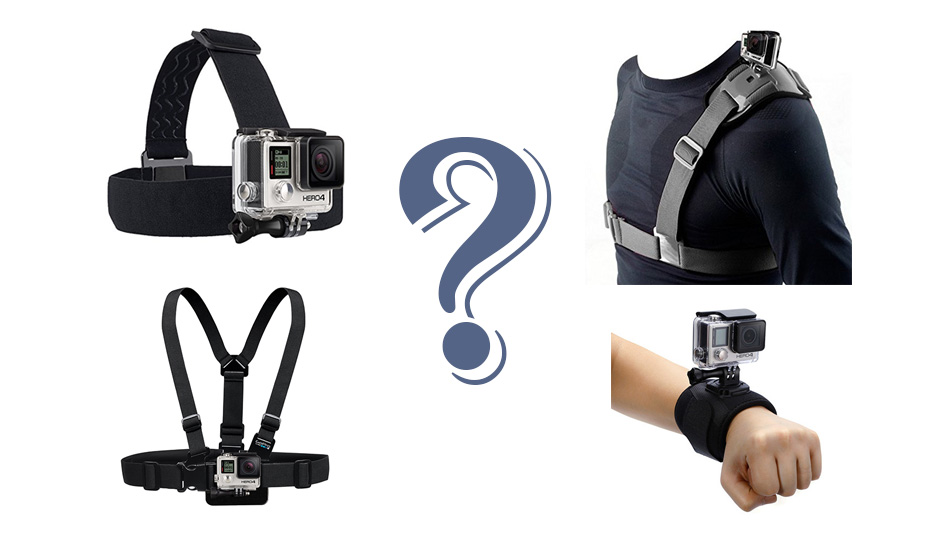More and more people are looking to record their awesome obstacle course runs using action cameras like the GoPro. With all the possible options available, a common question is: "Where is the best place to mount your camera?"
I record almost all the races I enter, and have experimented with many different mounts and set-ups. So, I have included some pros and cons for each mount below to help you decide what is best for you.
Comparing the Different GoPro Mounts
Chest Strap Mount
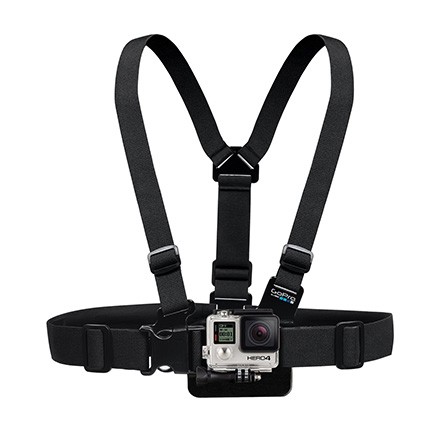
The chest strap mount
- Comfortable
- Reasonably steady footage
- Easy access to camera controls
- Can get in the way during climbing and crawling
- Difficult and time consuming to take off
- Lens can get muddy easily during crawling
- Limited filming angle (only where your torso is pointing)
If you fancy the chest strap mount, you can get a fairly cheap version here: DEYARD Chest Mount Harness for GoPro HERO Cameras
Head Strap Mount
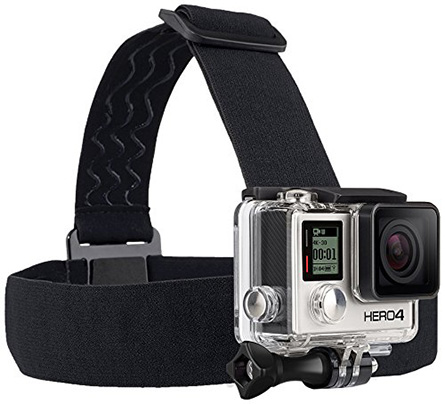
The head strap mount
- Reasonably steady footage
- Easy and quick to take on and off
- Arguably the best and most intuitive viewing angle (films wherever you are looking)
- Lens likely to stay clean and unobstructed (unless fully submerged in mud or water)
- Out of the way and won't interfere with your movement for most obstacles
- Can be annoying to wear at first
- Need to take off to see the camera controls (though after some practice, fairly easy to feel for the buttons without taking off)
- Can get caught in nets while crawling, or can come off during water slides or jumps due to the force of the water (best to take it off during these obstacles)
- Arguably you can look like a bit of a twat :P
For the head strap mount, you can get it here: GoPro Head Strap and Quick Clip
Shoulder Strap Mount
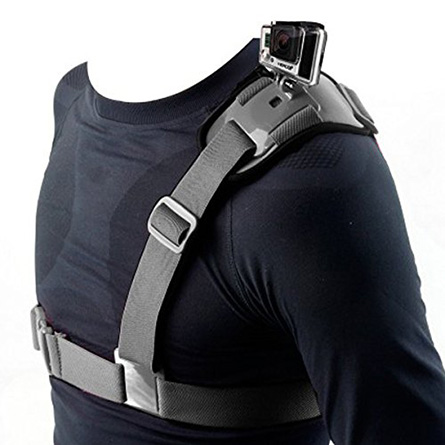
The shoulder strap mount
- Reasonably comfortable
- Easy access to camera controls
- Unlikely to lose or come off during water slides / jumps
- Limited filming angle (only where your shoulder is pointing, and can be difficult to get straight and level)
- Footage can be shaky
- Can get in the way with any carrying or lifting related obstacles.
There are many variations of the shoulder mount, the one in the above photo can be found here: Neopine Adjustable Shoulder Strap Mount for Gopro Camera
Wrist Strap or Selfie Stick

The wrist strap mount
- Versatile (can easily move about to get different filming angles)
- Easy access to camera controls
- Can get in the way or caught on certain obstacles
- Typically shaky footage
- Lens is likely to get wet and/or covered in mud
- Can be awkward having something permanently on your wrist or having to carry it the entire race
If you want to try out a cheap wrist strap, check out: DEYARD Wrist Mount for GoPro HERO Cameras
Conclusion
In my opinion, the head strap mount is definitely the way to go. Yes, it may be a bit uncomfortable at first and you may feel you look like a bit of a twat. However, you quickly adjust and get used to both.
Out of all the options it offers the best consistent viewing angle, produces fairly steady footage and the lens is likely to stay clean for the entire race.
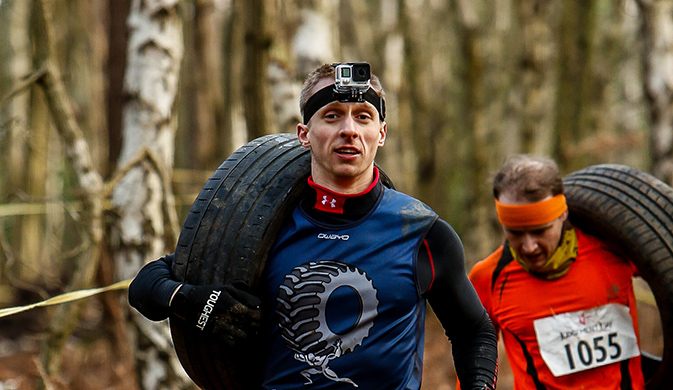
Myself wearing the head strap mount at the 2016 Judgement Day race
Where to Buy
A good (and cheap) way to try out several of the mounts is to buy one of the many GoPro accessory bundles available. You also usually get many other goodies thrown in as well, like a protective case and the anti-fog inserts.
Here is an Amazon link to the accessory bundle I use:
Additional Tips
If you're opting for the head strap (which I recommend you do), here are a few additional tips:
- Angle the camera slightly downwards more than you think. If you have it straight flush with the head strap then you'll likely end up filming a good part of the sky, which isn't that interesting...
- Take it off your head before water slides, water jumps, cargo nets crawls or anything else where it may get caught or come off your head. (Instead you can either just hold it, or wrap it round your wrist during these obstacles)
- Write you name and phone number on the label of the strap, or on a very small piece of paper inside the camera case. (In case you lose it at any point)
- You can get a small flotation block to stick to the back of the strap. (If you're super worried about dropping it and it sinking in water)
- Enable quick capture mode (if possible) and practice using it. This means that you can just feel for and click the record button on the GoPro, it will turn on and immediately start filming. Click the record button again and it will stop recording and turn itself off. Very handy, you'll save on battery, and won't have endless hours of footage to trawl through when editing.
- Consider adding anti-fog inserts inside the casing. They are inexpensive and do a great job at preventing the camera lens and inside of the casing from fogging up.
- Test out your set-up before the race!

